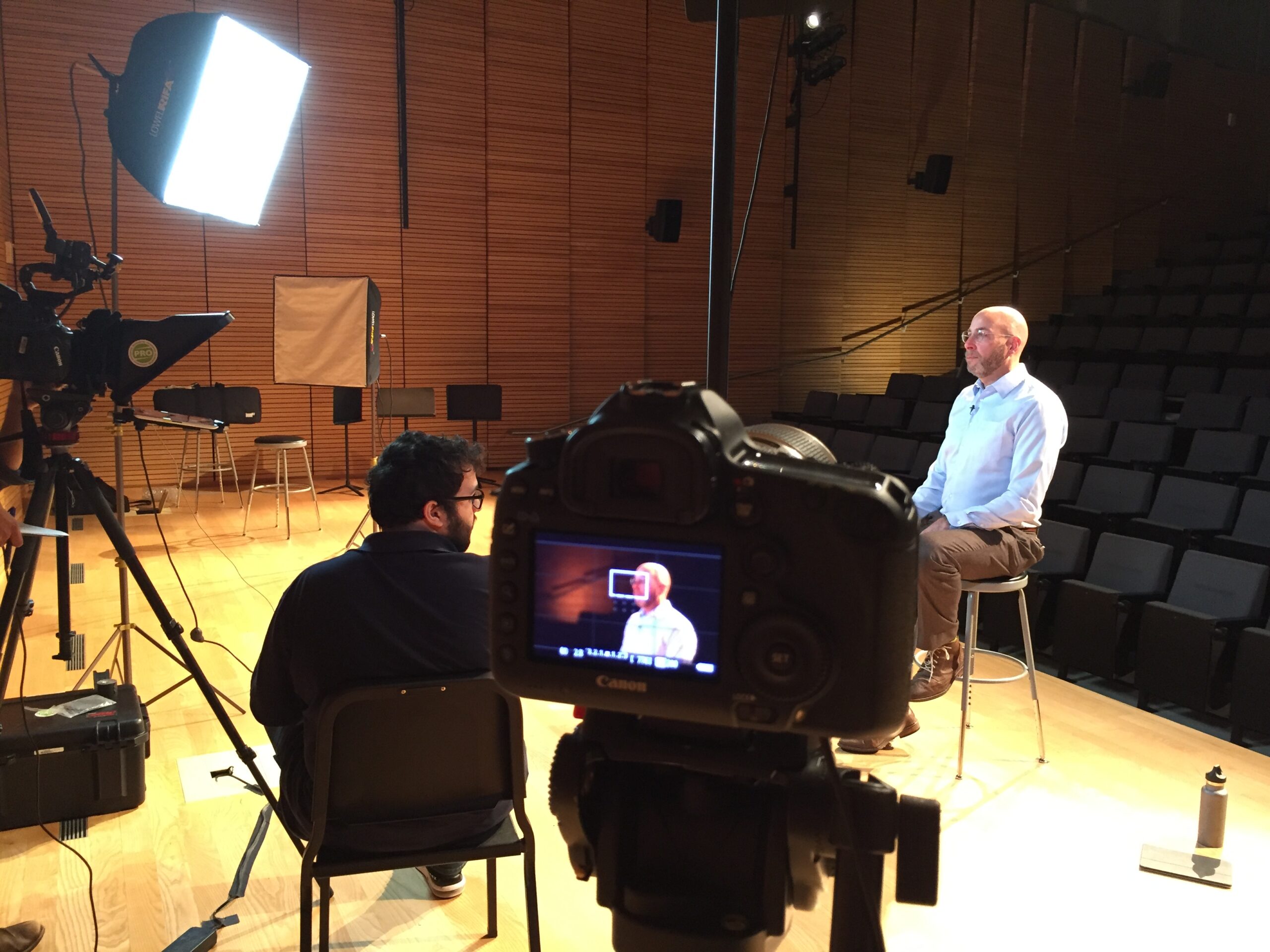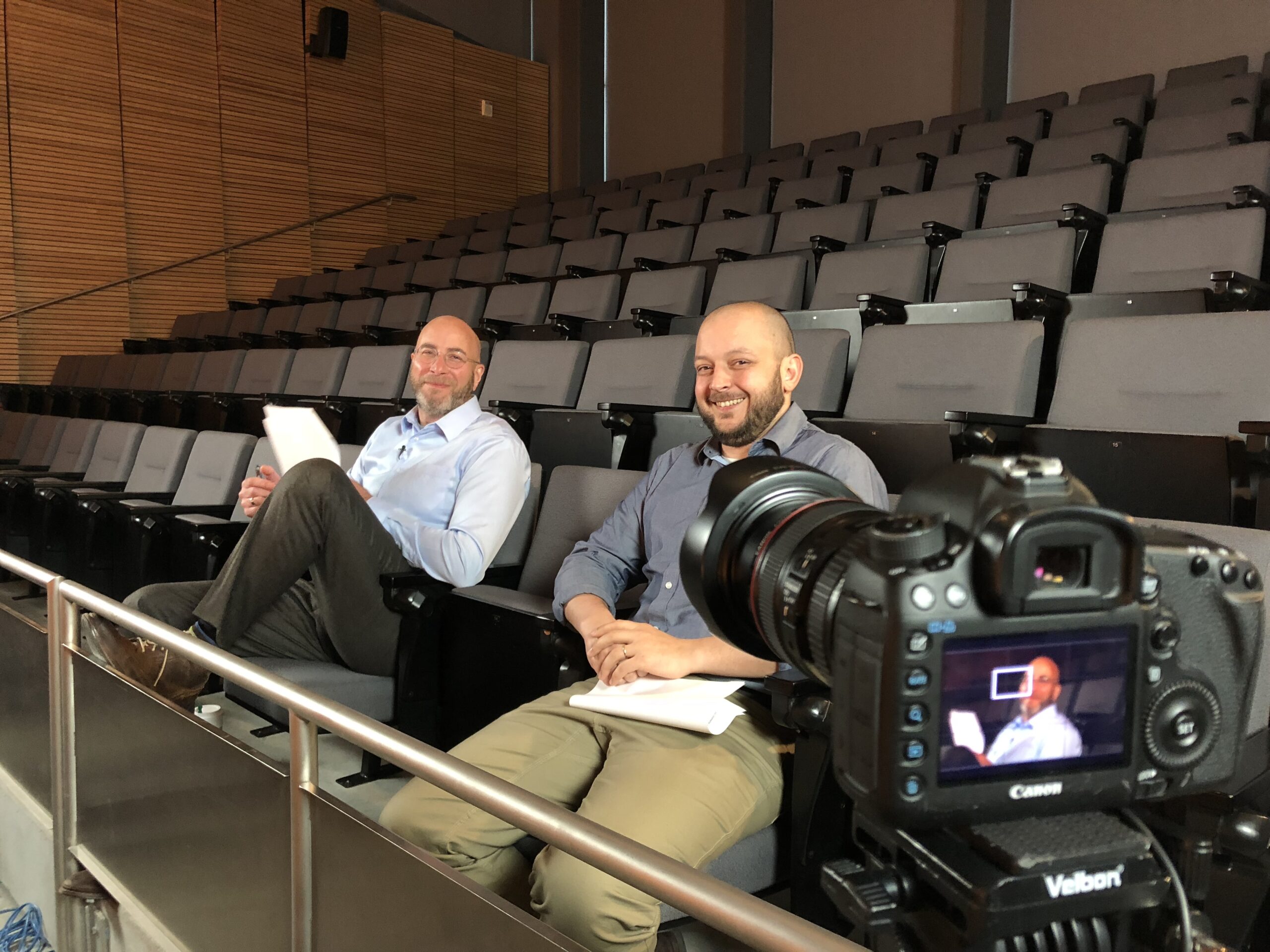Whether it’s the creative dimensions of medical decisionmaking or the many ways difficult patients are really difficult stories, the importance of thinking like a writer or any artist is what drives much of my teaching and academic writing. Such a focus values particular habits that aren’t typical fare in medical education. They include risk-taking, embracing failure, comfort with uncertainty and ambiguity, imaginative flexibility, working with constraints, an openness to alternative perspectives, making connections between seemingly unrelated ideas, and the importance of iteration.
This requires untraditional methods. My teaching and curriculum projects at Alpert Medical School have been rooted in interdisciplinary and inter-institutional collaborations, bringing medical students into conversations with law students at Roger Williams University Law School, art students and artists at the Rhode Island School of Design (RISD), theater students with the Brown/Trinity Rep MFA program, and educators at the RISD Museum and the RISD Center for Complexity.
Medicine is at a crossroads, and I believe that any meaningful response to the challenges facing healthcare providers, patients and their families first requires that we reconceptualize the traditional healthcare team to include medical disciplines, humanities scholars, designers and artists.


Beyond Medical Histories: Gaining Insight From Patient Stories
Beyond Medical Histories: Gaining Insight From Patient Stories, a Brown edX course, launched in the fall of 2018.
The central premise is this: medicine is fundamentally creative. The body doesn't always read medical journals, and conditions are complex and unpredictable. Patients are complicated and mysterious beings struggling with various obstacles in their lives. Working with uncertainty, ambiguity, and vulnerability requires a different understanding of stories. Story-making skills are vital for forging empathy and gaining insight into the experience of others.
I believed a course on creativity had to be creative. Luckily, I worked with a brilliant team, the media team at Brown University, and Dr. Mike Barthman, a Brown Emergency Medicine resident at the time. The course that emerged from this interdisciplinary dialogue is an experience none of us could have created alone.
I draw on ideas, concepts, and methods from my teaching, but we used the power of the multimedia platform to engage a broad audience in unexpected and hopefully meaningful ways, and encourage people to get messy with the ideas.
To date, a wide range of people from over 90 countries and regions have stopped by, including high schoolers and retirees, healthcare workers, caregivers, patients, and people interested in the power of stories.
It's free.
Selected articles: teaching, creativity, and arts & health
Iserson KV, Heine C, Moskop, Larkin GL Baruch JM, Aswegan A. Fight or flight: Ethics of emergency physician disaster response. Annals of Emergency Medicine 51; 2008: 345-353
Auerbach K, Baruch JM: Beyond comfort zones: An experiment in medical and art education. Journal for Learning through the Arts. 2012; 8(1).
Baruch JM. Creativity as a Medical Instrument. Journal of Medical Humanities 2013;34:459-469.
Liou KT, George P, Baruch JM, Luks FI. Teaching medical illustration to medical students. Medical Education 2014;48:522-548
Liou KT, Jamorabo DS, Dollase RH, Dumenco L, Schiffman FS, Baruch JM. Playing in the Gutter: A Potential Role for Creativity in Medical Education, Academic Medicine 2016;91:322-327.
Baruch JM. Doctors as Makers, Academic Medicine 2017;92:40-44
Ryus C. and Baruch J. Duty of Mind: Ethical capacity in a time of crises. Disaster Medicine and Public Health Preparedness 2018; 12: 657-662.
Baruch J, Springs S. Opioids and pain in the emergency department: a narrative crisis. Medical Humanities 2018; 44: 2013-201 (Featured on BMJ Medical Humanities website: https://blogs.bmj.com/medical-humanities/2018/09/03/opioids-and-pain-in-the-emergency-department-a-narrative-crisis/)
Marr B, Mickey SH, Blyth SG, Baruch JM. The weight of pain: what does a 10 on a pain scale really mean? An innovative use of art in medical education to enhance pain management. In: Journal of Pain and Symptom Management 2019: 57(6):1182-1187.
Springs S, V Rofeberg, S Brown, S Boudreau, S Hey, J Baruch. Community Engaged Evidence Synthesis to Inform Public Health Policy and Clinical Practice: A Case Study. Medical Care 2019:57:S253-S258.
Baruch JM, Springs S, Poterack A, Blythe SG. “What Cy Twombly’s art can teach us about patient stories.” AMA Journal of Ethics 2020;22:E430-436.
Springs S, Baruch J. Artists as research partners: an interdisciplinary approach to team science, research rigor and creative dialogue. Health Promotion and Practice 2021 May;22(1 _suppl): 83S-90S
